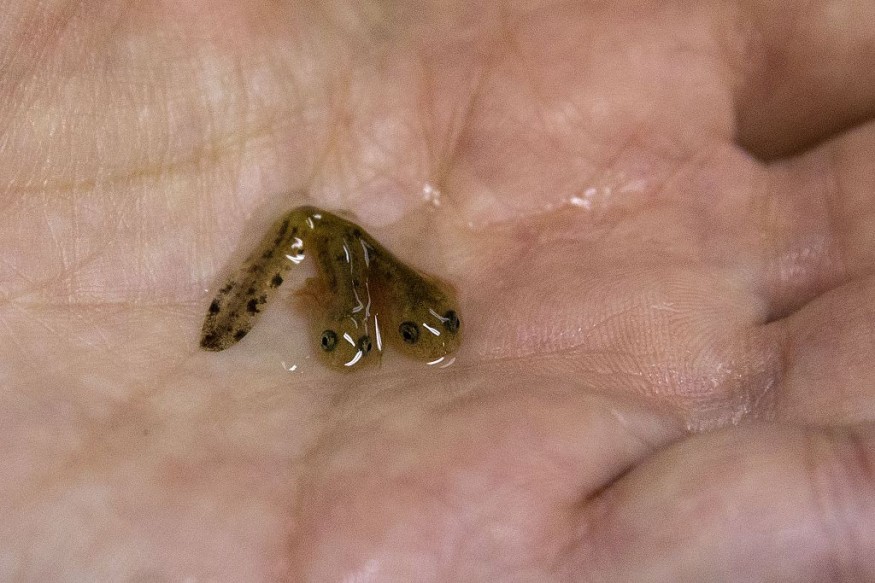
As said by experts through time, evolution is not straightforward but a gradual thing; yet another set of fishes left the ocean to dwell on land around 365 million years ago.
The First Animals to Live on Land
According to The Conversation, experts claim that the earliest animals to live on land were the primitive tetrapods, a branch that will also eventually encompass hundreds of creatures such as frogs, birds, reptiles, as well as mammals. Humans are descended from those ancient tetrapods, and thus bear the heritage of their move from sea to terrestrial.
Yet what if they had switched rather than advancing into the coasts? What if these creatures, on the verge of abandoning the ocean, had retreated to dwell in much more international sea?
A recent specimen reveals that such fish did just that. In comparison to certain previous similar species, which used their fins to support themselves up on the bottom of the ocean and may have ventured on ground on circumstance, this newfound organism has fins designed for swimming.
On March 13, researchers examined a seemingly innocuous lump of stone with several scales on top and uncovered a full fin hidden underneath. The block became more fin and far less stone, leading to improved inspection and a fresh look at the fin and when the dust settled and specialists completed reviewing material from the mandible, scales, as well as fin, researchers concluded they had discovered a novel genus, Science Alert reported.
Qikiqtania had to do something distinct than other primitive tetrapods, who were frolicking at the river bank and exploring about what land had to provide.
Tiktaalik and other early tetrapods possess humeri with a noticeable hump on the bottom and a distinctive collection of bumps where muscle fibers connect. Researchers had seen jawbone pieces approximately 2 inches (5 cm) length and with venomous fangs on the ground of the stone it was lodged in and experts said that the specimen is unique for a myriad of purposes.
It moreover gives a peek of the increased variety and breadth of lives of fishes during the water-to-land migration for the very first occasion. This fish lived in a temperate habitat with waterways several hundreds of millions of years before.
Also read : Emerald Ash Borer Sparks Fear as the Invasive Insect Could Wipe Out Ash Trees After Reaching Oregon
Tetrapods: The Earliest Land Creatures
Its mandible indicate that it was hunting as a wild animal, attacking and hanging onto animals with a system of teeth and suctioning prey into its mouth.
Whoever recognizes what the undiscovered critters are concealed beneath simple stone blocks, is yearning to be revealed. Even though the first inspection of the fin looked excellent, scientists wanted to view the bones in greater detail.
A fin such as this is incredibly valuable. These skeletal lumps indicate that primitive tetrapods lived on the bottoms of waterbodies, propping themselves up with their fins or limbs, initially underwater and then on land.
COVID-19 has prevented numerous researchers from going to and attending ground areas throughout the globe in recent years. Therefore, researchers employed Computed tomography, which sends X-rays via the material to hunt for whatever that could be concealed within and out of sight.
The far more remarkable feature of Qikiqtania is its pectoral fin as per experts. Qikiqtania was discovered on Inuit territory and pertains to that people. Qikiqtania offers a great deal regarding a pivotal moment in human ancestors' existence. While it may appear that primitive tetrapods were destined to live on earth, Qikiqtania demonstrates the limits of such a directed viewpoint, as per Flipboard.
Qikiqtania's humerus is unique. It can provide investigators with information about how primordial tetrapods evolved and lived hundreds of millions of years earlier.
Related article : 'Hangry' Animals Succumb to Cannibalism, Study Proves
© 2025 NatureWorldNews.com All rights reserved. Do not reproduce without permission.





